Sabarimala is one of the largest Hindu pilgrimage centres. Situated on a hill, it is a temple dedicated to Lord Ayyappa, the Hindu god of growth. It is proclaimed to be one of the few ‘equalising’ temples, where devotees of all castes and classes are treated equally and are required to dress in uniformity of black. However, the old customs and traditions of their treatment of women are quite regressive.
What is the Sabarimala issue?
Since 1991, the Kerala High Court has been upholding the law which bans women between the ages of 10-50 years from entering the temple premises. This is enforced under the Rule 3(b) of the Kerala Hindu Places of Public Worship Rules 1965 which dictates that in religious areas where women are not allowed to enter “by custom”, this custom shall be maintained. It is to be noted that this prohibition is not against all women, but only those of menstruating ages.
in religious areas where women are not allowed to enter “by custom”, the custom shall be maintained.
In 2006 the Young Lawyer’s Associations (YLA) filed a Public Interest Litigation (PIL) in the Supreme Court challenging this rule. However, the judgement only arrived in 2017 when the three judge bench referred the issue to the constitutional bench. A constitutional bench is a bench of the Supreme Court which consists of at least 5 judges. In October 2017, this PIL was revised once again to ensure the bench consisted of at least 50% women.
On the 20th of July 2018, the constitutional bench commenced the hearing of the Sabarimala Issue.
Also Read: On Feminism, Religion and Right to Worship
Mythology: Why are women prohibited?
This ban on women is stemming from an ancient custom based on the belief that Lord Ayyappa was a Naisthik Brahmachari (celibate). According to the puranas (sacred texts), Ayyappa was created to destroy a demon that had taken over a beautiful woman’s body. Once the demon was defeated, the woman asked Lord Ayyappa to take her hand in marriage. However, Ayyappa was committed to his mission to go to Sabarimala and dedicate his life to his devotees. He promised that he would marry her the day kann-swamis (new devotees) would stop coming to his temple. Devotees believe that even today she sits waiting for him next to the shrine, and is worshipped as Malikapurathamma
Certain believers claim the reason women do not enter the temple, is in sympathy with Malikapurathamma and to ensure that Lord Ayyappa fulfils his duty in answering the prayers of his devotees without feminine distractions.
Taboo of Menstruation
Another reason women between these particular ages are prohibited from entering the compound is due to the immense taboo around menstruation. Many strongly believe that a menstruating woman is an impure person, thus making it impossible for her to complete the 41 days of vratham (purification period). In fact, being near menstruating women may ‘ruin’ the vratham of the male devotees, who have spent these 41 days in complete austerity and celibacy.
Also Read: The “Tradition” Behind Menstrual Taboos | #ThePadEffect
Very often such stigmas are perpetuated and reinforced by women themselves, perhaps, subject to their internalised misogyny. A group of women claiming to be the representatives of the female devotees of Ayyappa, proclaim that no truly pious woman would decide to enter the temple despite the Supreme Court rulings. They created the ‘Ready to Wait’ campaign, to show that as true believers of Ayyappa, they are willing to obey custom and enter the temple only after they successfully complete the vratham process through the traditional way. Though such a campaign can be seen as an attempt to accommodate a woman’s choice to adhere to the customs, a general ban on menstruating women takes away women’s right to choose whether she wants to follow such customs or not.
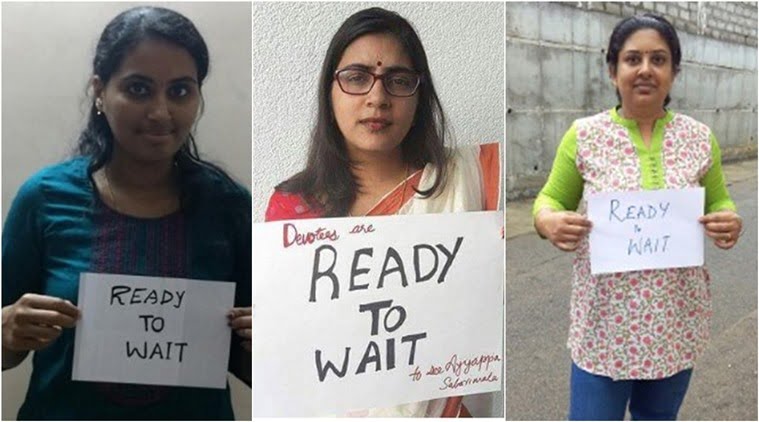
A section of Kerala women have united in their fight to obey the religious traditions and are ready to wait to enter Sabarimala. (Source: Twitter)
The Devasom Board was quick to point out that this exclusion was not necessarily anti-women, but a rule created to accord to the practical impossibilities of the impure physiology of a woman’s body. They emphasised the special status and titles awarded to the non-menstruating women who were allowed in as a sign of their acceptance of women in general. They even stretched far enough to compare themselves to certain mosques which exclude women all together.
“Is menstruation a tool to measure the purity of women? How will you measure the purity of men?”, asks the Supreme Court.
To this, the Supreme Court as well as the Constitutional bench has repeatedly demanded to the defence lawyers whether a biological function could be discriminated against. “Is menstruation a tool to measure the purity of women? How will you measure the purity of men?”, asks the Supreme Court. Senior advocate Indira Jaising says that such a discrimination based on claims of ‘impurity’ is a violation of Article 17 of the Indian Constitution which forbids untouchability.
Untouchability is the practice based on the idea of social humiliation and the belief that the presence of a certain person by itself can be ‘defiling’. In his 1917 essay ‘Castes in India’ B.R. Ambedkar illustrates the misogynistic basis of the caste system. Women are banned, especially menstruating women, because orthodox Hindu texts explain the various ways in which the menstrual cycle and child birth pollute upper caste environments. Extensions of this can be seen in our daily lives, such as the exclusion of upper caste women from religious rituals on the days of their cycle.
Also Read: The Internalized Misogyny And Casteism Of Growing Up In A Brahmin Household
Judges on the three-judge panel has proclaimed that such discrimination based on biological factors violates the very core of the constitution, Articles 14, 15, and 17, which prohibit discrimination against citizens.
Constitutional Watershed
After deliberation for almost more than a decade, the decision on the Constitutional Bench may mark a watershed moment in the Indian legal history. The Sabarimala issue has an opportunity for the Supreme Court to provide us a strong precedence which supports the individual rights of women over the group rights of religious denominations. Upholding the right to entry for all, despite ‘impure’ physiological factors, to such an iconic and historic pilgrim centre will open up the questioning of more such issues and cases, where religious group rights infringe on the individual civil rights of citizens.
Featured Image Source: ABC
About the author(s)
Leah is pursuing a bachelors degree in social science. She feels very strongly against the binary perception of gender and sexuality as well as the oppression stemming from the economic class systems.
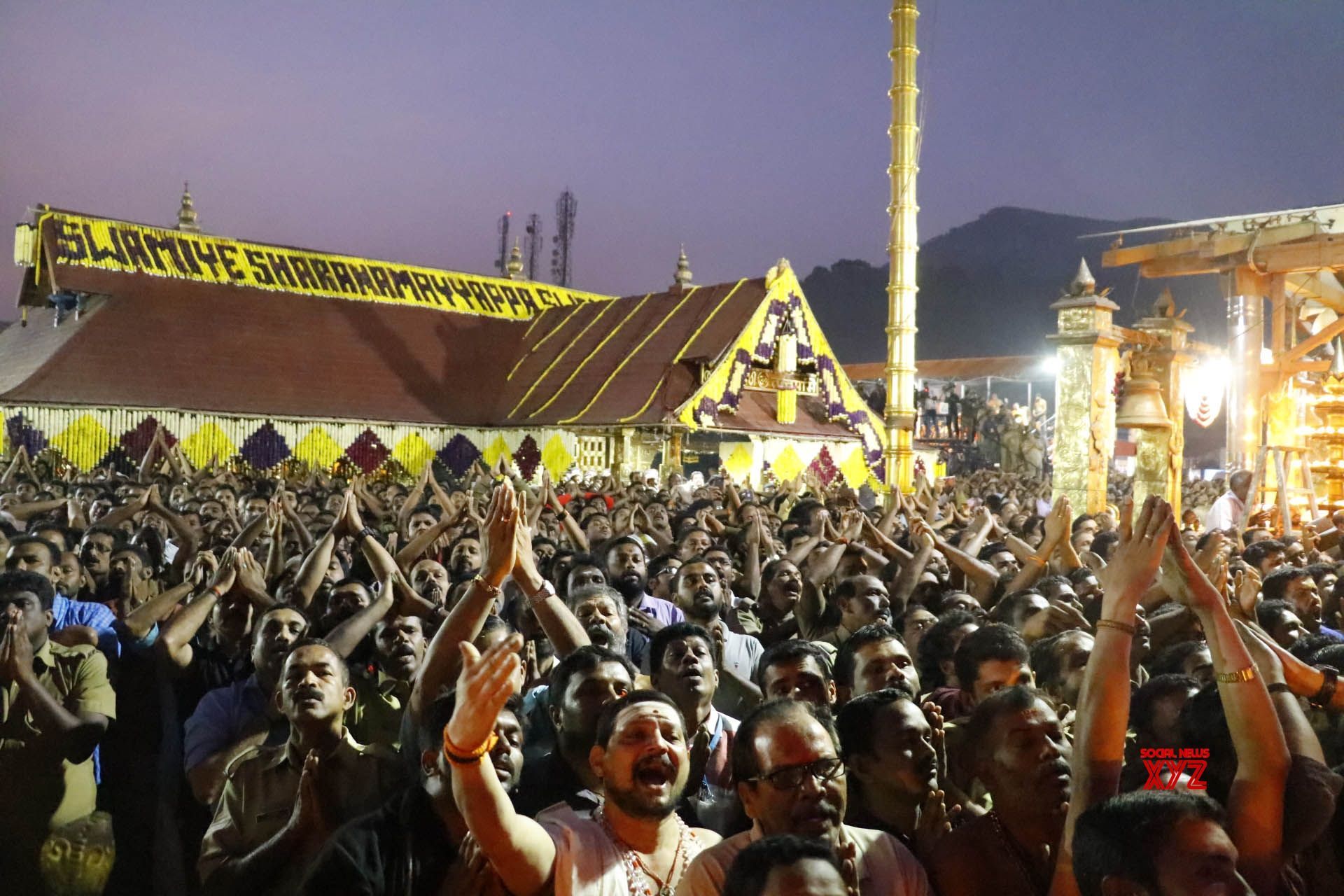
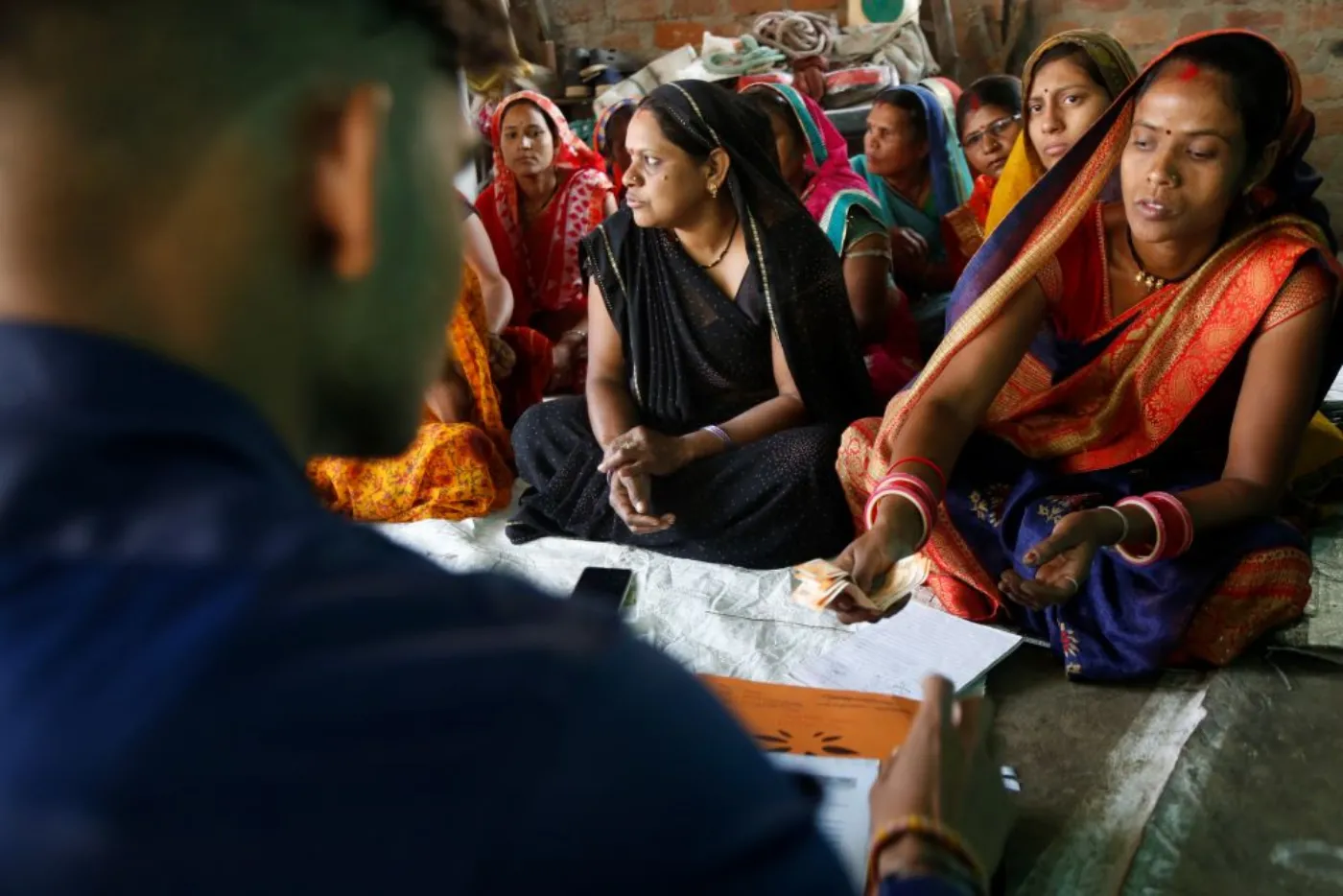
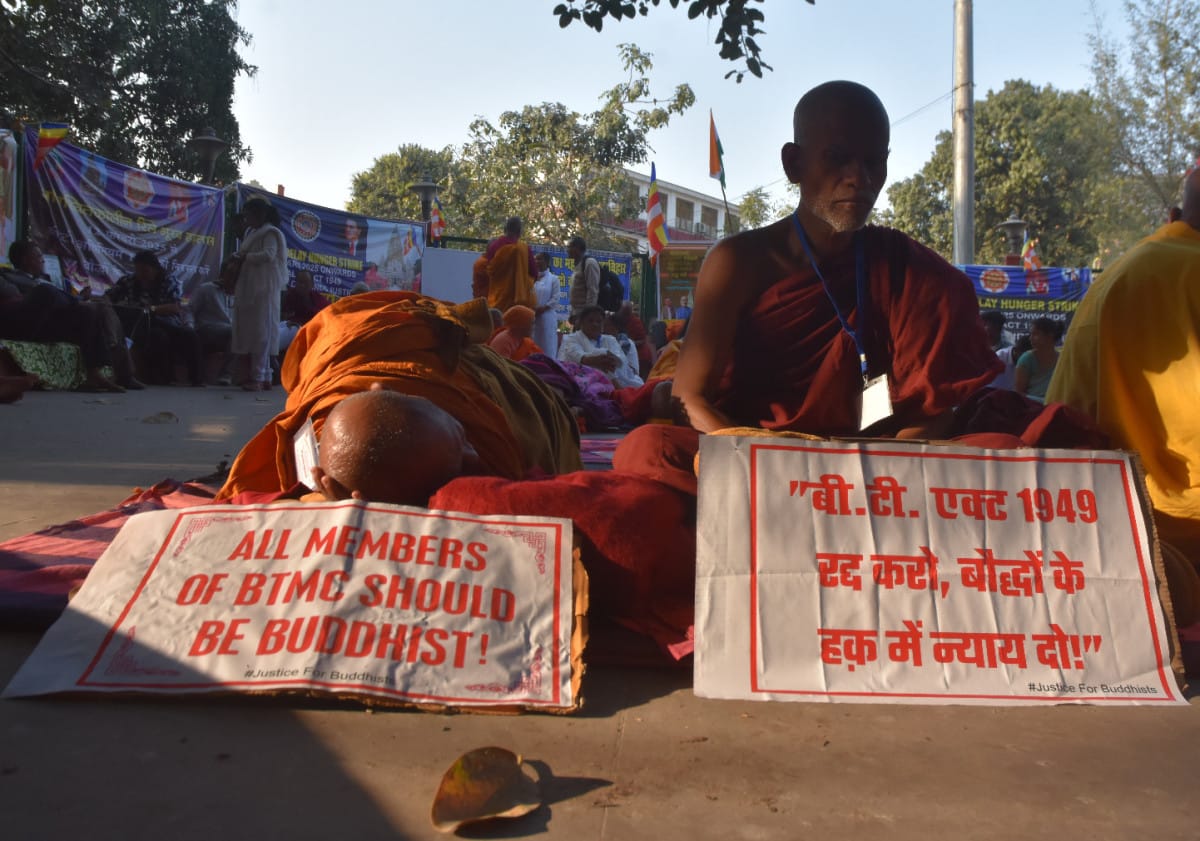
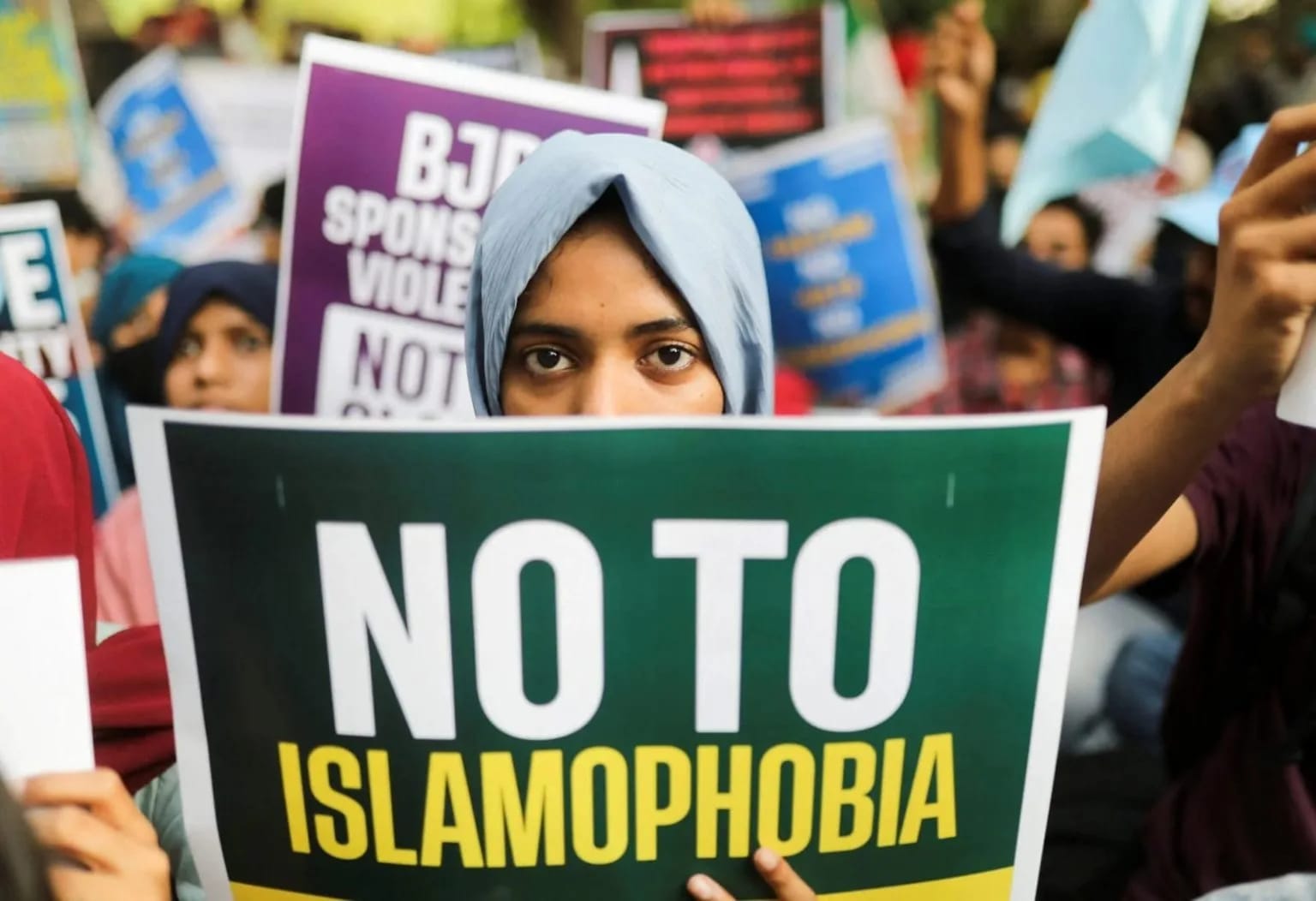

#RightToWait Its not that hard to understand. There are scores of Ayyappa temples where women are allowed. Ayyappa himself exists in many forms and this particular one is a celibate male and as such worshipped by other celibate males. This is a “Hindu” belief. This campaign to open this to women is distorted at many levels
– Women are still not allowed in lakhs of mosques yet 1 Hindu temple among lakhs is targeted for being male-only, thus labelling Hinduism as inherently misogynistic and regressive and letting other religions off the hook
– Women in the #RightToWait campaign are being invalidated and disenfranchised by using terms as ‘Claim to be representatives of devotees’ or worse ‘ upper caste Brahmin women’ – after all there can be no greater sin than being an upper caste Brahmin woman. Apparently we have internalized patriarchy and cannot think for ourselves. We are all just puppets who can be easily be manipulated. So we have one group of feminists infantilizing us and taking away our voice. After all only Hadiya had a mind of her own, we don’t!!!
– The Sabariimala pilgrimage involves 41 days vratam and adoption of ascetic lifestyle. This has been in place since ages. One of the chief prayers to go to Sabarimala is ‘Kallum Mullum Kaaluku methai’ = meaning stones and thorns are like cushions to the feet. Yet the court has put forth arguments saying that this is just to artificially prevent women for entering. This decades old practice has been called into question as being motivated principally by misogynistic reasons. No other – and I repeat NO OTHER faith has been treated with such contempt and disregard as the Hindu faith of the visiting pilgrims
– Has this been a small obscure temple, no one would care. The fact that this is popular makes is more vulnerable to attacks to the traditions and culture of the temple.
The fact that the board is having to justify and explain the nature of the deity is in itself shocking. It seems that we are putting Hinduism on the dock and having to explain traditions and practices to a court which strictly sees things through an Abrahamic lens. They keep talking about the right to pray to God and we keep going back saying that Hinduism has deities – and each deity represents a specific energy or manifestation. If the Ayyappa temple is designed as a celibate male to be worshipped by celibate males and women before or past procreating age, then how can a secular court question the nature of the religious belief or its manifestation. Hinduism is complex, layered, multi-faceted, deep, colourful and vibrant and does not fit into neat binary of a heaven/hell paradigm or a single God. So when you talk about a #RightToPray – I could talk about Hindusisms #RightToExist. Because if we twist Hindusim to fit Abrahamic ideas, it really isn’t Hindusim anymore.
– The very diversity and complexity of Hinduism is working against it here. Sabarimala in the south is a beacon, iconic and reverberant. Yet few outside the south or even Kerala understand that. The larger disunity means that we cannot speak in one voice and defend the temple ethos. Of course, for the attackers, this is very convenient.
– While menstrual taboos need to be opposed ( yes, we upper caste brahmin women do that too – we are not all brainwashed), the issue in Sabarimala is independent of the #RighttoBleed campaign. Combining the 2 is like comparing apples and oranges just because we insist on a fruit salad. Seeing the temple issue purely from the campaign perspective is myopic, ignorant and limited. There is more to Hinduism and our vast, beautiful culture than menstruation.
To sum up. this is a politically motivated petition. Kerala has terrible issues with rampant conversion and increasing attacks on the Hindu culture. What better way to forward this political and religiously motivated agenda than by attacking the most iconic and beloved deity of Kerala
.
Feel so sorry that such a religious and holy worship place is dragged into such dirty politics. The bunch of indians like those who want to break the traditions are so ignorant. why cant they learn from other nations like Japan where they give so ,much respect for their traditions. I think i will have to leave this country soon
dont. worry honest. law abiding. devotees of a sanathan dharma. , the jokers. of supreme courts. who fight amongst themselves. for power position. and call. union formation meet the media and air their views call for impeaching. the outgoing joker. will all face parithranaya sadhunam vinsaya cha dushkratam dharma stapanarthaya sambhavami yuge yuge,,,lord. krishna will come in a new avatar.